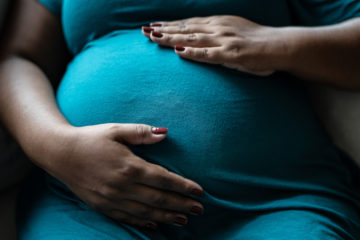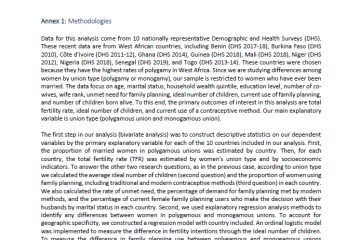
The Effects of Violence on Women’s Reproductive Health: Fact Sheet
Date
August 16, 2011
Author
(August 2011) Violence against women is a pervasive public health problem worldwide. According to the UN, at least one in three women is beaten, coerced into sex, or otherwise abused by an intimate partner in the course of her lifetime. Pregnant women have been found to be at an especially high risk of physical abuse. Though the frequency and severity of violence against women and girls vary across countries and continents, its harm to the victims and their families is universal.
Key Facts
- Women who experience violence by their husband or intimate partner are more likely than nonabused women to have difficulty using contraceptives effectively. Consequently, they are more likely to have unintended pregnancies and unsafe abortions, and to become pregnant as adolescents.1
- Women who are abused during pregnancy exhibit more depression and substance abuse and are less likely to gain needed weight or to access prenatal care, compared with pregnant women who are not abused.2
- Children of abused women are more likely to die before age 5.3
- Violence during pregnancy has been associated with low birth weight of babies.4
- Violence against women has been shown to increase the risk that women will be infected by sexually transmitted diseases and HIV.5
- According to Demographic and Health Survey data, the prevalence of sexually transmitted infections among women who have experienced violence is at least twice as high as in nonabused women.6
- A report on married women in India revealed that women who have experienced both physical and sexual violence at the hands of an intimate partner have four times greater risk of HIV infection than nonabused women.7
- In Tanzania, young women ages 18 to 29 who have been abused by a partner have been found to be 10 times more likely to be HIV positive than women who have not been abused.8
References
- Jacqueline C. Campbell, “Health Consequences of Intimate Partner Violence,” The Lancet 359, no 9314, (2002): 1331-336 ; and Lori Heise, Mary Ellsberg, and Megan Gottemoeller, Ending Violence Against Women (Baltimore: Johns Hopkins University School of Public Health, 1999).
- Jacqueline C. Campbell, Claudia Garcia-Moreno, and Phyllis Sharps, “Abuse During Pregnancy in Industrialized and Developing Countries,” Violence Against Women 10, no. 7 (2004): 770-89.
- Kajsa Asling-Monemi et al., “Violence Against Women Increases the Risk of Infant and Child Mortality: A Case Study in Nicaragua,” The Bulletin of the World Health Organization 81 (2003): 10-18.
- Elitette Valladares et al., “Physical Partner Abuse During Pregnancy: A Risk Factor for Low Birth Weight in Nicaragua,” Obstetrics & Gynecology 100, no. 4, (2002): 700-705.
- Sunita Kishor and Kiersten Johnson, Profiling Domestic Violence—A Multi-Country Study (Calverton, MD: ORC Macro, 2004).
- Kishor and Johnson, Profiling Domestic Violence.
- Jay G. Silverman et al., “Intimate Partner Violence and HIV Infection Among Married Indian Women,” JAMA 300, no. 6 (2008): 703-10.
- Suzanne Maman et al., HIV and Partner Violence (New York: Population Council, 2002).





